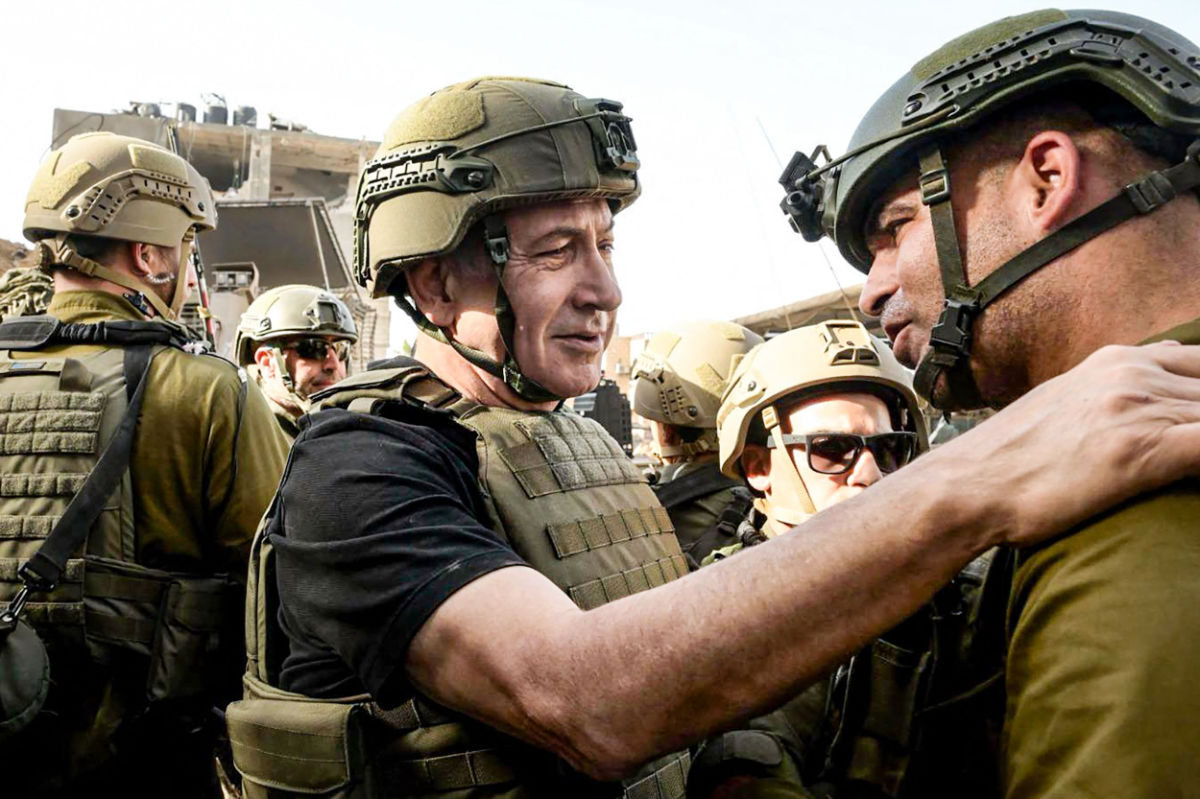GAZA/JERUSALEM: A humanitarian pause in fighting between Israel and Hamas will extend by two days, mediator Qatar said Monday as an initial four-day truce in Gaza was set to expire.
“The State of Qatar announces that, as part of the ongoing mediation, an agreement has been reached to extend the humanitarian truce for an additional two days in the Gaza Strip,” Qatari foreign ministry spokesman Majed Al Ansari said on X, formerly Twitter.
Over the course of the humanitarian pause and in weeks prior, Qatar, with the support of the United States and Egypt, has been engaged in intense negotiations to establish and prolong the truce in Gaza, which mediators had said was designed to be broadened and expanded.
Over the course of the initial truce a total 50 civilian hostages, women and children, were expected to be freed by Hamas.

In this handout picture taken and released by the Israeli Prime Minister's Office on November 26, 2023 Israeli Prime Minister Benjamin Netanyahu (C) meets soldiers at undisclosed location in the Gaza Strip. (AFP)
In exchange, 150 Palestinian prisoners held by Israel were to be released and humanitarian aid allowed into Gaza.
During its first three days, 39 Israeli hostages were freed by the militant group in exchange for 117 Palestinian prisoners held in Israeli jails as part of the deal between the two sides.
As a result of parallel negotiations led by the Gulf state, 17 Thais, one Filipino and one dual Russian-Israeli national have also been released by the Palestinian militants.
The figure set for release is by far the largest since Hamas gunmen stormed across Gaza’s militarised border on October 7 and staged the deadliest attack in Israel’s history.
Israel says the attack killed 1,200 people, mostly civilians, and around 240 more were taken hostage, among them elderly people and children.
In response, Israel launched a relentless bombing campaign and ground offensive in Hamas-ruled Gaza, which the Hamas government says has killed 15,000 people, thousands of them children.
























